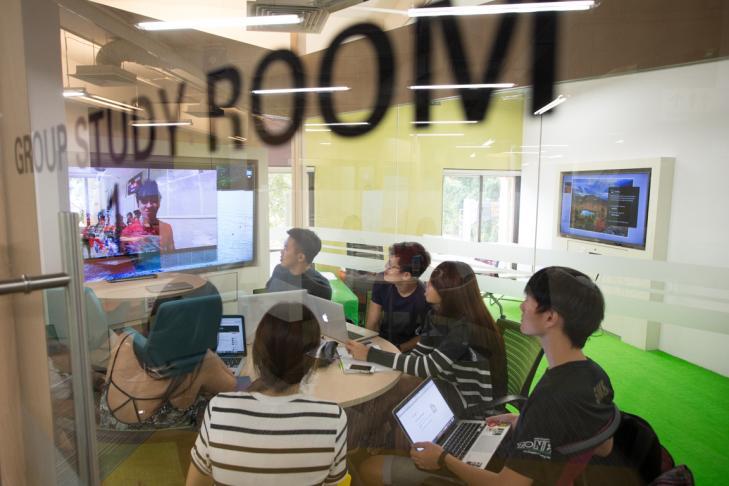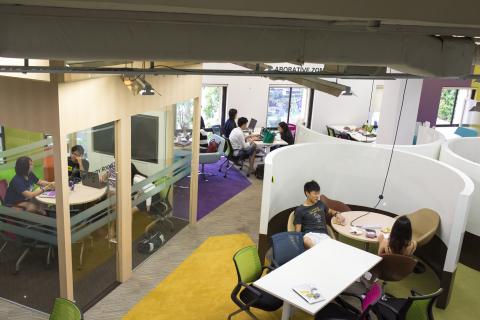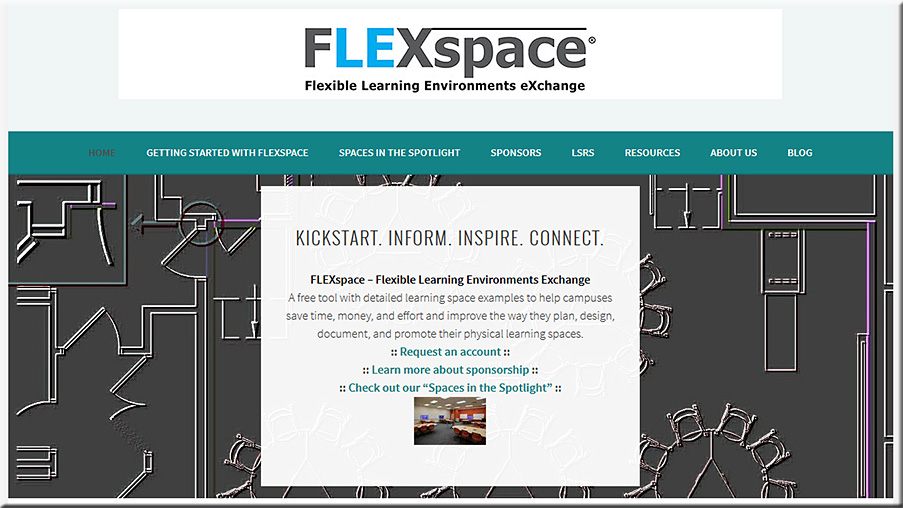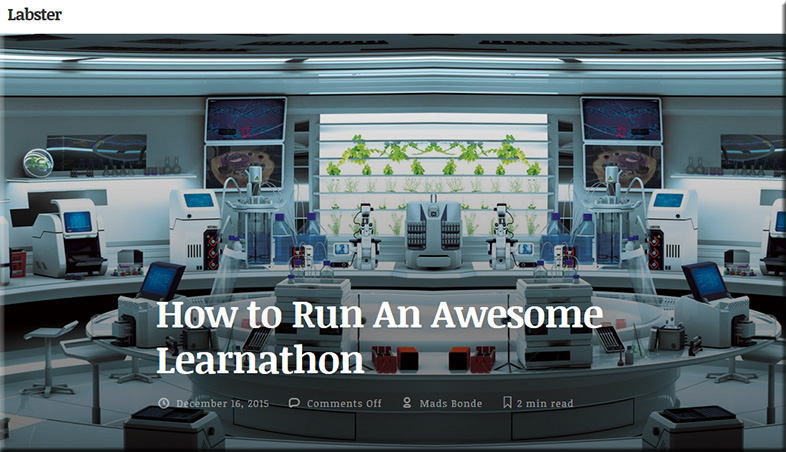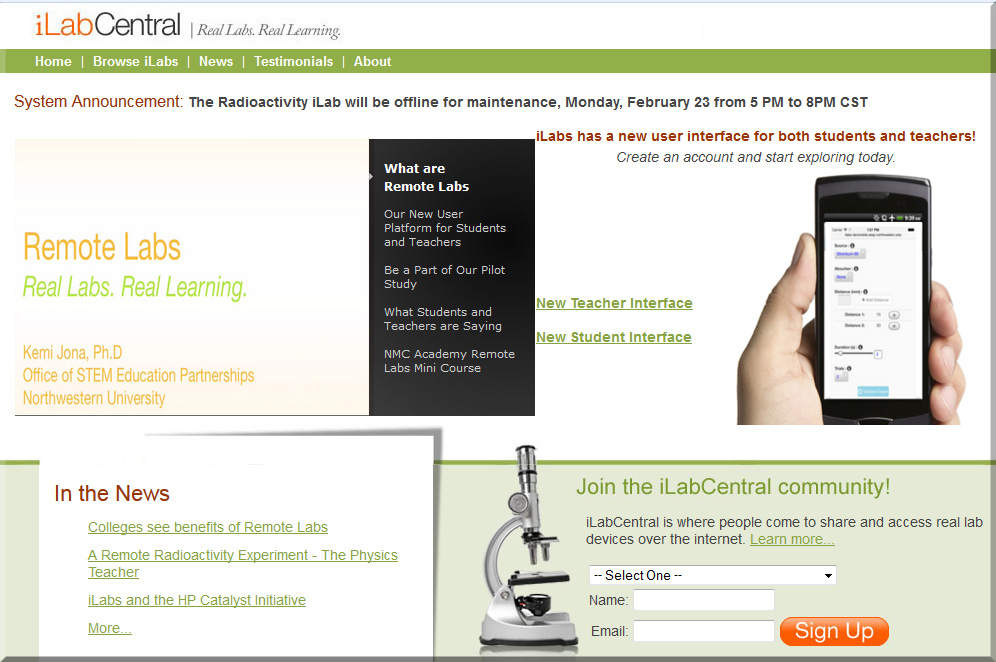Photo by Bill Vriesema
Topic: Big data meets job finding; targeted training programs brought to you by LinkedIn.com
See:
How LinkedIn is helping create economic opportunity in Colorado and Phoenix
Excerpts:
LinkedIn’s vision is to create economic opportunity for every member of the global workforce. Notice that I said every member, not just white collar workers with four-year college degrees. Everyone.
To achieve our vision, we’re building the world’s first Economic Graph — a digital map of the global economy that includes every member of the global workforce and their skills, all open jobs, all employers, and all educational institutions. We’ve been sharing labor market insights from the Economic Graph with dozens of policymakers across the globe to help create greater economic opportunity.
For example, we’ve been sharing Economic Graph insights with policymakers in Colorado and Phoenix. We realized the combination of our Economic Graph insights and the LinkedIn platform can have an even greater economic impact. So last June we joined Skillful (formerly Rework America Connected) — a Markle Foundation initiative to help workers in Colorado and Phoenix with high school diplomas and some or no college education acquire new skills to advance their careers.
…
That’s why we developed Training Finder — a new product that helps job seekers acquire new skills and advance their careers. It shows them relevant training programs in their area; which programs are affiliated with employers; whether or not they’re accredited; the program’s employment rate, cost, and duration; the skills the program will teach them; the jobs they’ll be qualified for when they complete the program; and the estimated salary. These insights will help them choose the training program that will teach them the skills they need to get the job they want.
From DSC:
This is the kind of thing I was trying to get at in this earlier posting.
bibleverses.com: A free version of the Bible created specifically for users with vision disabilities
bibleverses.com — A free version of the Bible created specifically for users with vision disabilities; with thanks to Mr. Rich Howard for this resource
The world’s first virtual reality cinema has opened in Amsterdam — from springwise.com
The VR Cinema gives movie-goers an immersive experience via Samsung Gear VR, headphones, and 360 degree chairs.
Excerpt:
At the beginning of this month, the world’s first VR Cinema opened in Amsterdam.
The idea originated as a pop-up cinema touring cities in the Netherlands, Germany and Switzerland. Unlike a traditional cinema, the theatre uses Samsung Gear VR, combined with a Samsung Galaxy S6 and a 360 degree chair to allow people to look around freely through the film. This is combined with immersive headphones to give a full VR experience to those watching the films.
Now showing:
- In Your Face (&samhoud media, 2016)
Barely containing our excitement, we present Europe’s first feature film in virtual reality in world’s first VR cinema! In Your Face is a production of director Jip Samhoud and was written by renowned Dutch author Ronald Giphart. The film explores the moral dilemma that the ongoing refugee crisis brings along: to what extent would you really take action and help? This is the question that award-winning actors Hadewych Minis and Tibor Lukács encounter when a TV show drops off a Syrian refugee unannounced. What would you do?
Addendum on 3/17/16:
- Sky Announces Virtual Reality Production Studio — from vrguru.com by Constantin Sumanariu
Excerpt:
European pay TV giant Sky has launched a Virtual Reality production unit, Sky VR Studio, as it steps up its commitment to VR programming. The first pieces of fully-immersive VR content to be produced by the unit will be released on Friday — two films shot during Formula One testing in Barcelona, which will put viewers in the pit lane, the team garages and out onto the track.
Adobe’s Project Comet has been renamed ‘Experience Design’ — and it [launched on 3/14/16] — from thenextweb.com by Nate Swanner
Excerpt:
Adobe’s Project Comet is now Experience Design (XD), and is available in preview for anyone with an existing Adobe account.
Noting there are currently “lots of tools tackling many parts of the problem” of designing apps, Adobe is positioning XD to compete more directly with Sketch, and it does a fantastic job. Not only will you be able to design artboards, but XD lets you make macro changes and prototype as well.
It begins with the type of project you have (Web, iPhone, iPad or ‘custom size’ designs), but XD also has UI Kit packets preloaded. You can choose from iOS, Google’s Material Design or Windows. XD also shows you recent files so you can jump right back into prototyping.
From DSC:
Here are my notes from last week’s Next Generation Learning Spaces Conference. This was just the second time this conference was offered, but the topics addressed therein are highly relevant to the future of learning spaces within higher education. I hope they are helpful or interesting to some of you.
Implementing Active Learning Classrooms (ALCs) is about moving things from being teacher-centric to student-centric. There’s far less lecture and more hands-on, collaborative experiences; there’s more project-based learning and active learning. More discussions, case studies, problem-solving, use of small groups. The Jigsaw method was nicely modeled at the conference.
Getting solid results boils down to designing and implementing effective pedagogies. A space can’t do it for you. A professor needs to align his/her instructional activities with the desired instructional outcomes.
“35-40% of seats on a campus should be for informal learning.”
Per Gary McNay, Principal Perkins+Will
Libraries, cafes, student commons…










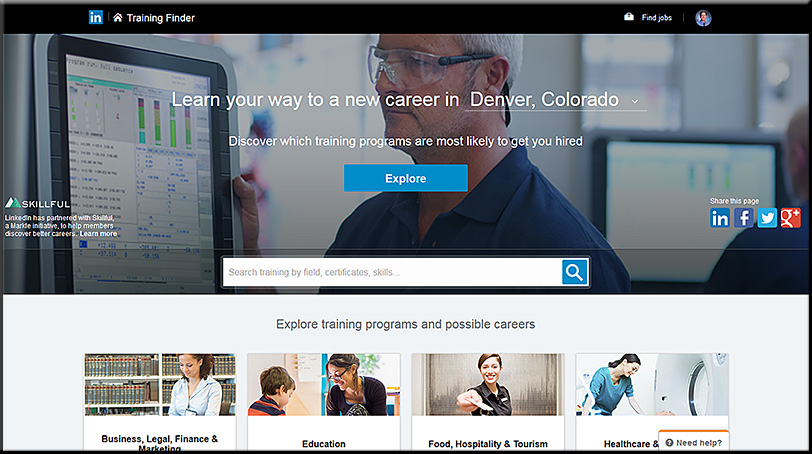
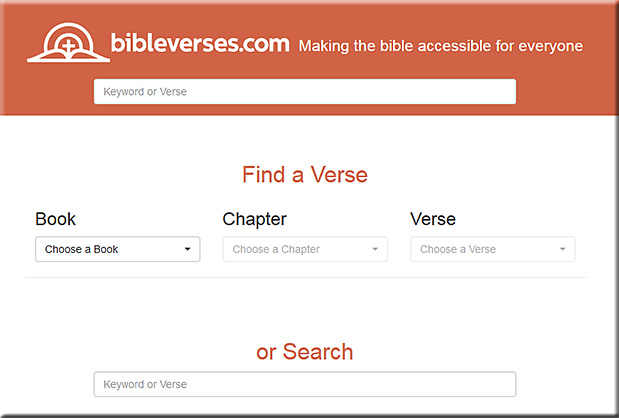
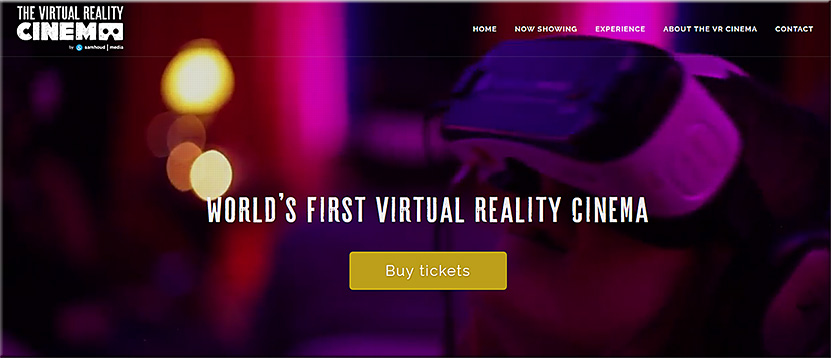
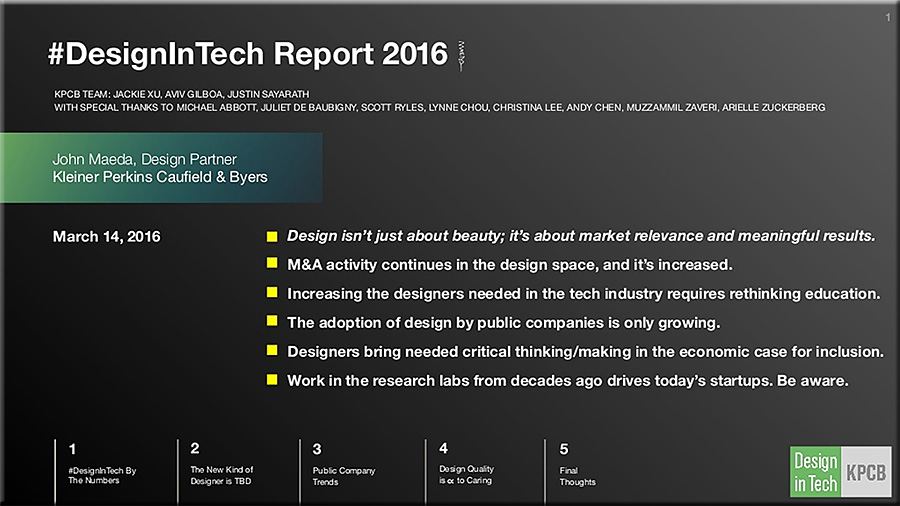


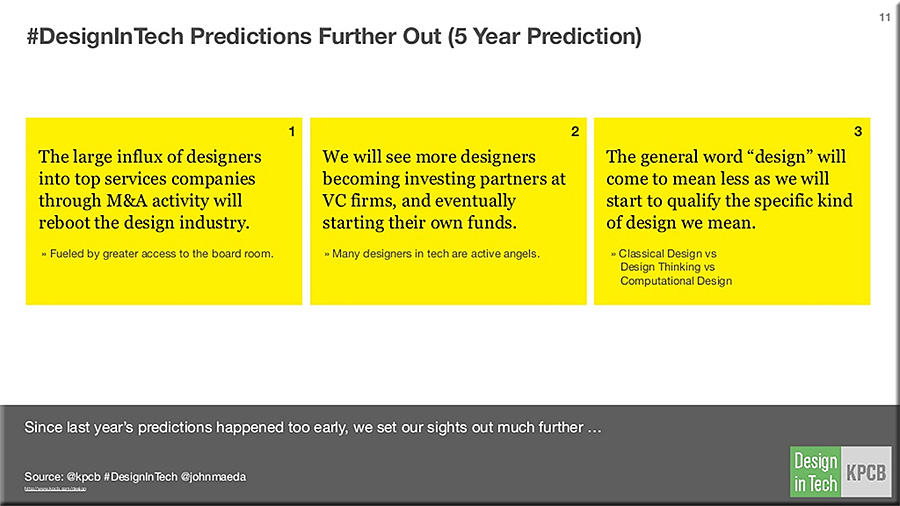

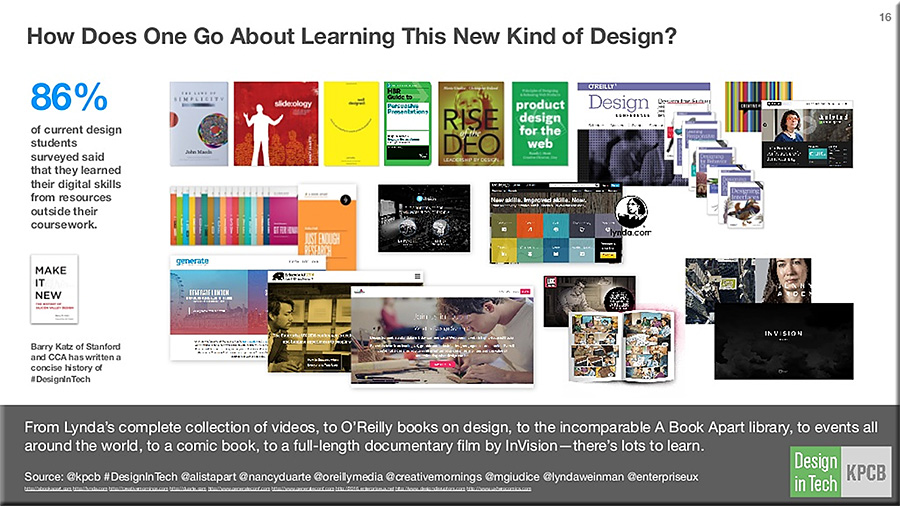
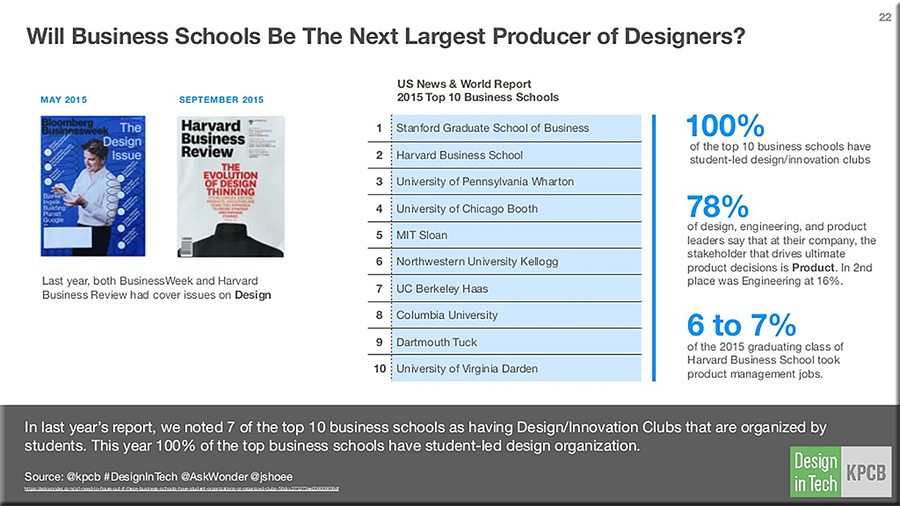
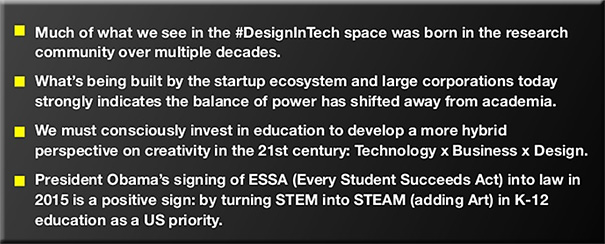
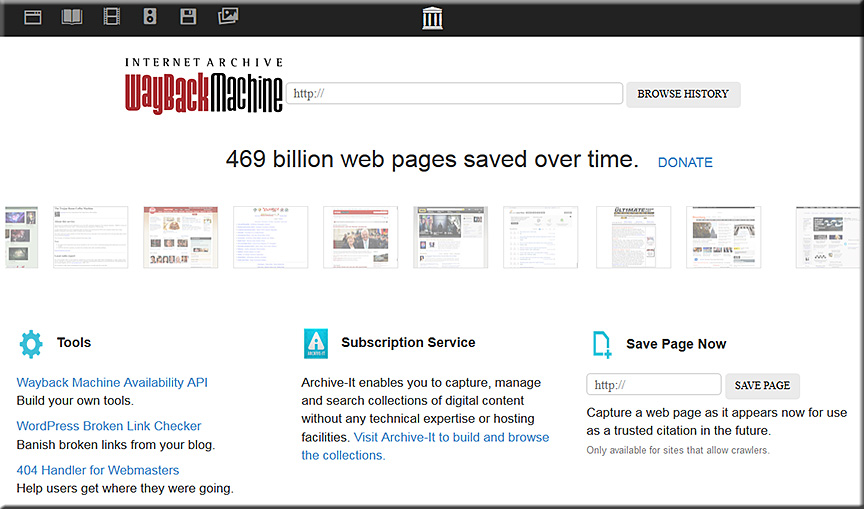


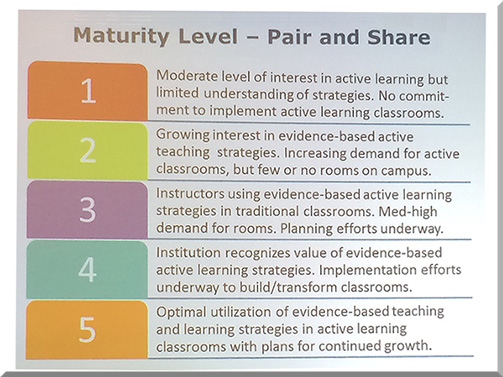
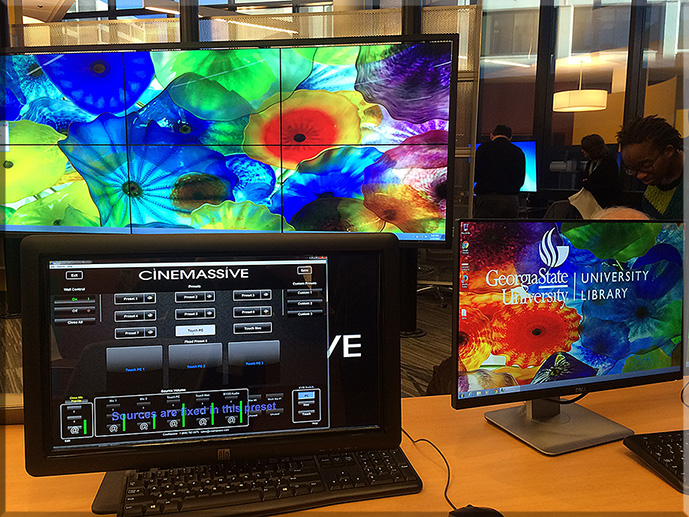
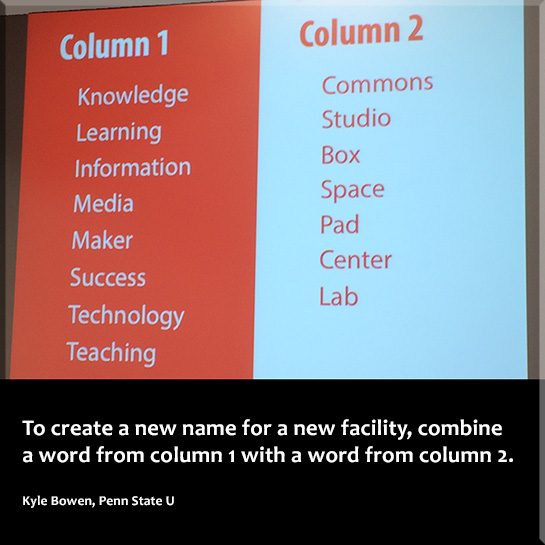
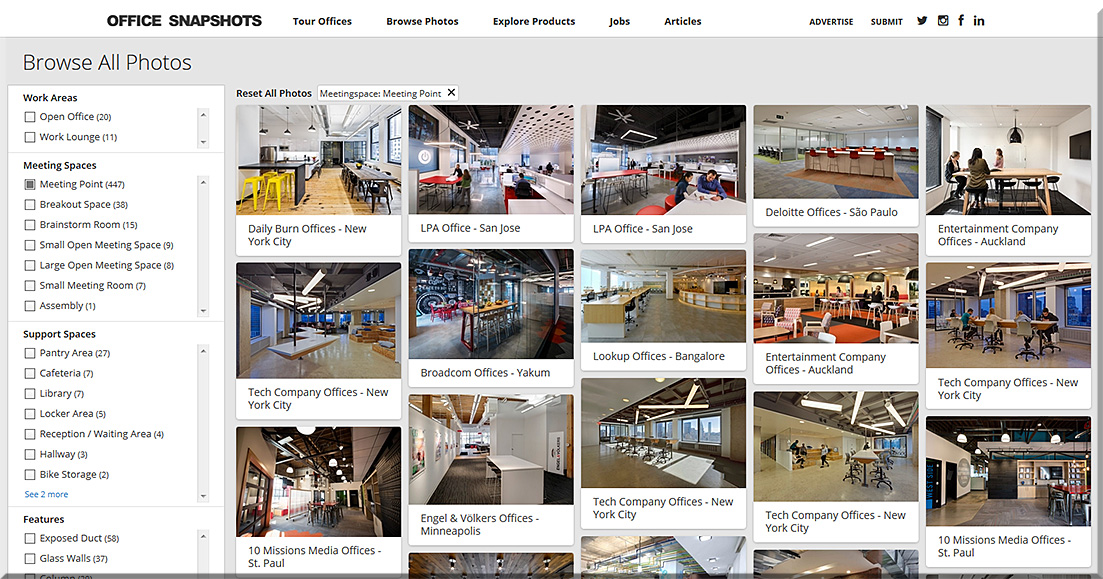
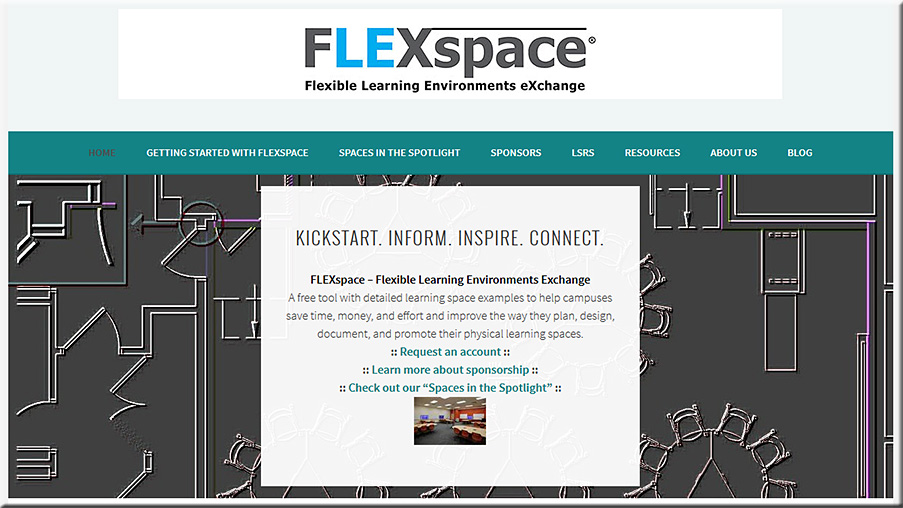
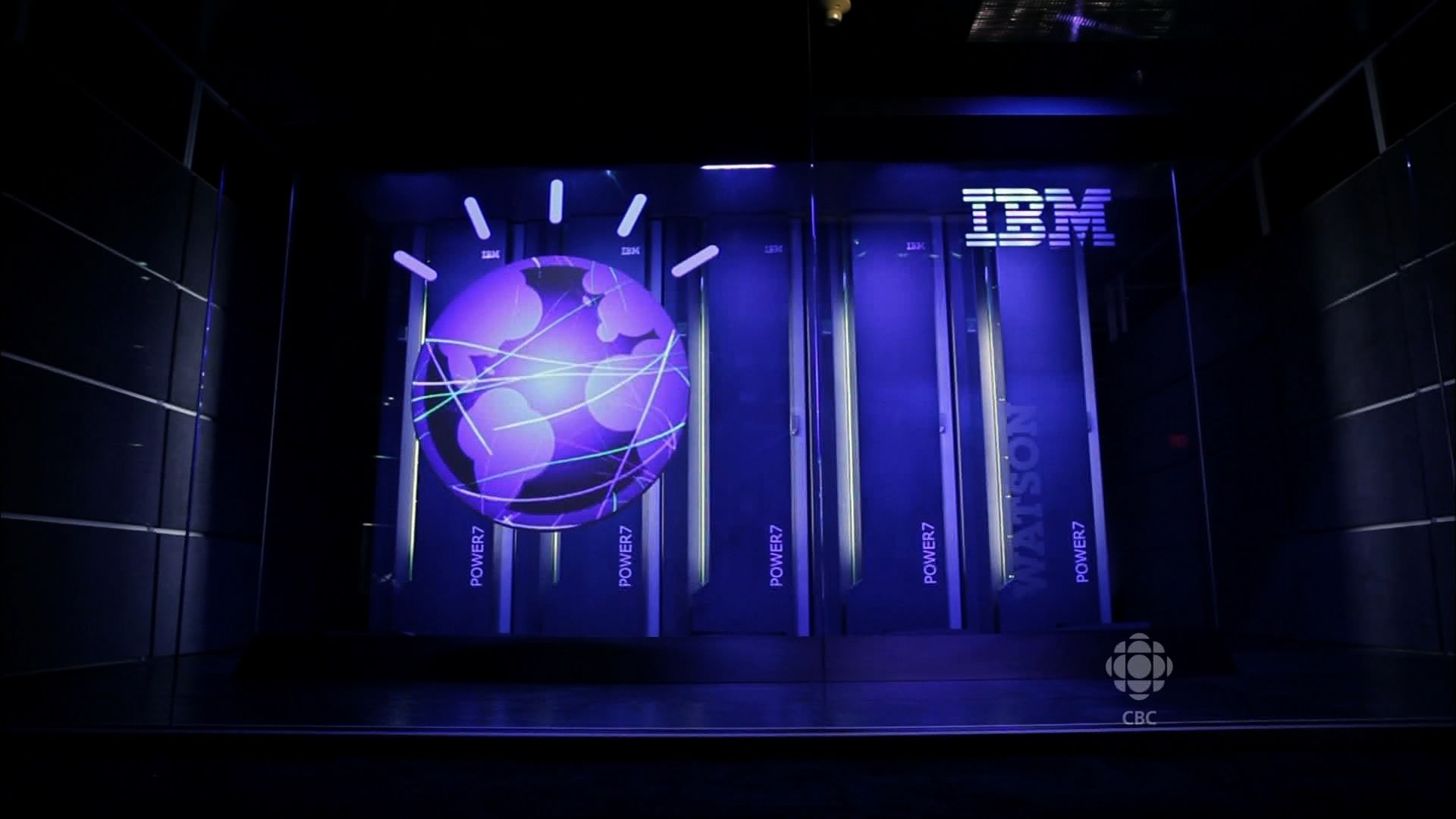



![The Living [Class] Room -- by Daniel Christian -- July 2012 -- a second device used in conjunction with a Smart/Connected TV](http://danielschristian.com/learning-ecosystems/wp-content/uploads/2012/07/The-Living-Class-Room-Daniel-S-Christian-July-2012.jpg)
